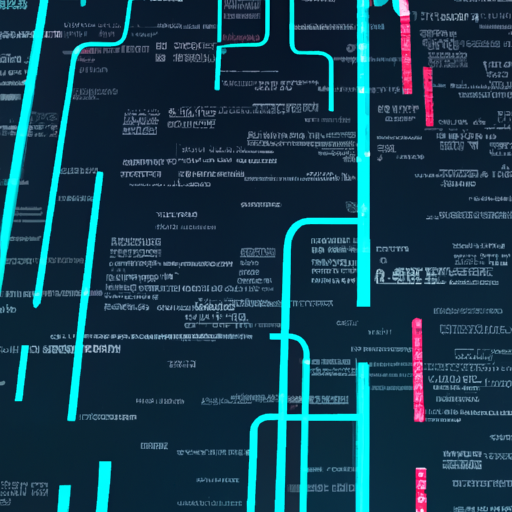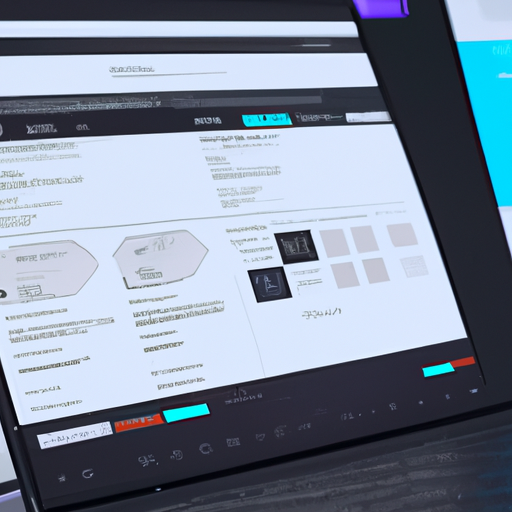“Empowering the Future: Unleashing the Power of Web3 Technologies”
Exploring the Future: Building the Unstoppable Web with Web3 Technologies

The advent of the internet revolutionized the way we communicate, transact, and access information. However, the current web, known as Web 2.0, is centralized, meaning that a few entities control the majority of the data and services. This centralization has led to issues such as data breaches, privacy concerns, and censorship. To address these challenges, a new generation of web technologies, known as Web3, is being developed. Web3, or the decentralized web, aims to create a more open, secure, and user-centric internet.
Web3 technologies are built on the principles of decentralization, transparency, and user control. They leverage blockchain technology, which is a type of distributed ledger technology that allows data to be stored across a network of computers rather than on a single server. This decentralization ensures that no single entity has control over the entire network, thereby enhancing security and reducing the risk of data breaches.
In addition to blockchain, Web3 technologies also utilize smart contracts, which are self-executing contracts with the terms of the agreement directly written into code. Smart contracts enable trustless transactions, meaning that parties can transact without the need for a trusted intermediary. This feature is particularly beneficial for peer-to-peer transactions, as it reduces costs and increases efficiency.
Another key component of Web3 technologies is decentralized storage. Unlike traditional cloud storage, which is controlled by a single entity, decentralized storage distributes data across a network of nodes. This not only enhances security but also ensures that data remains accessible even if a single node fails. Furthermore, because users retain control over their data, they can choose who has access to it, thereby enhancing privacy.
Web3 technologies also facilitate the creation of decentralized applications (dApps). Unlike traditional applications, which are hosted on centralized servers, dApps run on a peer-to-peer network. This means that they are not controlled by a single entity and are resistant to censorship. Moreover, because dApps are built on blockchain, they can leverage smart contracts to automate processes and transactions.
While Web3 technologies offer numerous benefits, they also present challenges. For instance, the decentralized nature of these technologies can make them more complex to develop and use. Additionally, because transactions on a blockchain are immutable, errors cannot be easily corrected. Furthermore, while decentralization enhances security, it does not eliminate all risks. For example, if a user loses their private key, they could lose access to their data or assets.
Despite these challenges, the potential of Web3 technologies is immense. They have the potential to democratize the web, giving users control over their data and enabling peer-to-peer transactions without intermediaries. Moreover, they can enhance security and privacy, and facilitate the creation of innovative applications and services.
In conclusion, Web3 technologies represent a significant shift in the way we interact with the web. They aim to create a more decentralized, secure, and user-centric internet. While these technologies are still in their infancy, they have the potential to revolutionize various sectors, including finance, healthcare, and education. As such, understanding and leveraging these technologies will be crucial for individuals and organizations looking to thrive in the digital age.



